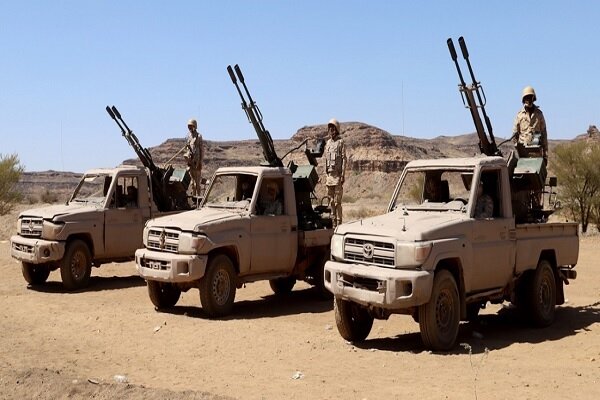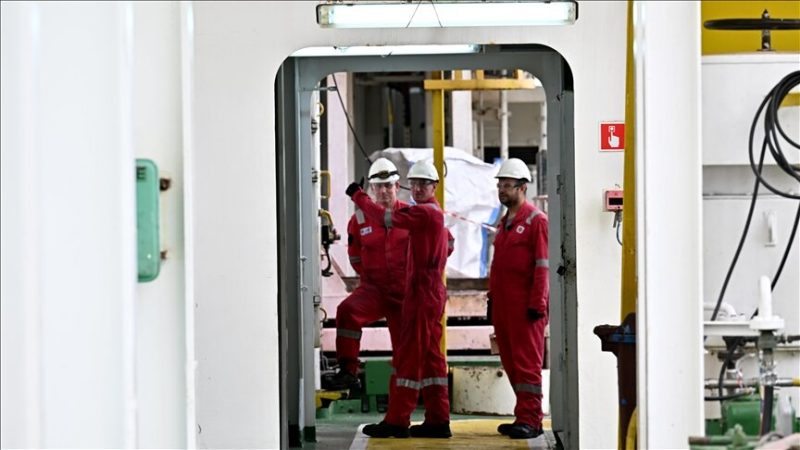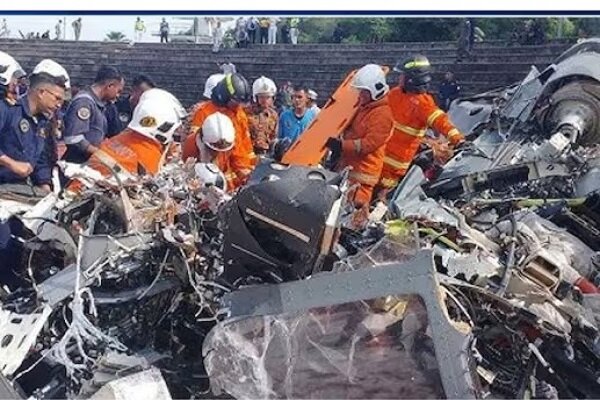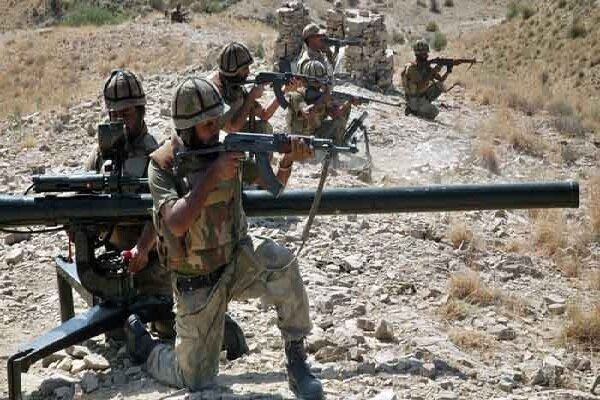The American magazine the National Interest has cited a report by New York Times that a Yemeni surface-to-air (SAM) missile barely missed an American F-35 fifth-generation fighter, the crown jewel of the US fighter inventory.
The incident raises questions about the survivability of one of America’s most advanced fighters, and raises concerns over how effective the relatively unsophisticated Houthi-led government air defense system has been at hampering US action.
According to the report by the American media, “Several American F-16s and an F-35 fighter jet were nearly struck by Houthi air defenses, making real the possibility of American casualties,” military analyst Gregory Brew posted on X, adding that the Houthis were successful in shooting down “seven American MQ-9 drones (around $30 million each), hampering Central Command’s ability to track and strike the militant group.”
The Houthi air defense system is rudimentary. However, it is highly mobile—meaning the defense systems can pop up just about anywhere, making them unpredictable and hard to plan around. Moreover, the simplistic nature of the systems also helps them to avoid earlier detection by America’s advanced equipment.
The report went on to name the Yemenis’ air defense systems, saying that the Houthis also possess some modern systems, courtesy of Iran, like the Barq-1 and Barq-2 SAMs. The exact capabilities of the SAMs are unclear, but the Houthis claim that the Barq-1 and Barq-2 have maximum ranges of 31 miles and 44 miles and can engage targets at altitudes of 49,000 feet and 65,000 feet, respectively.
The report continued to ask a question: The near miss between the U.S. F-35 and the Houthi SAM raises bigger questions about bigger conflicts. Namely, if a rebel group is successfully disrupting US air operations in the air space above Yemen, how can the U.S. expect to conduct effective air operations in air space where a more sophisticated adversary is present? And if the F-35, a fifth-generation stealth fighter with an ultra-low radar cross section (RCS), is vulnerable to Cold War-era SAM defenses, how will the F-35 (or the rest of the US fleet) fare against modern air defense systems?
The author of the contribution went on to conclude that it is certain that in the air, as on the ground, possessing more expensive, more advanced systems does not guarantee free-access or uninterrupted success. Low-tech systems can reliably hinder the efficacy of high-tech systems.
MNA








